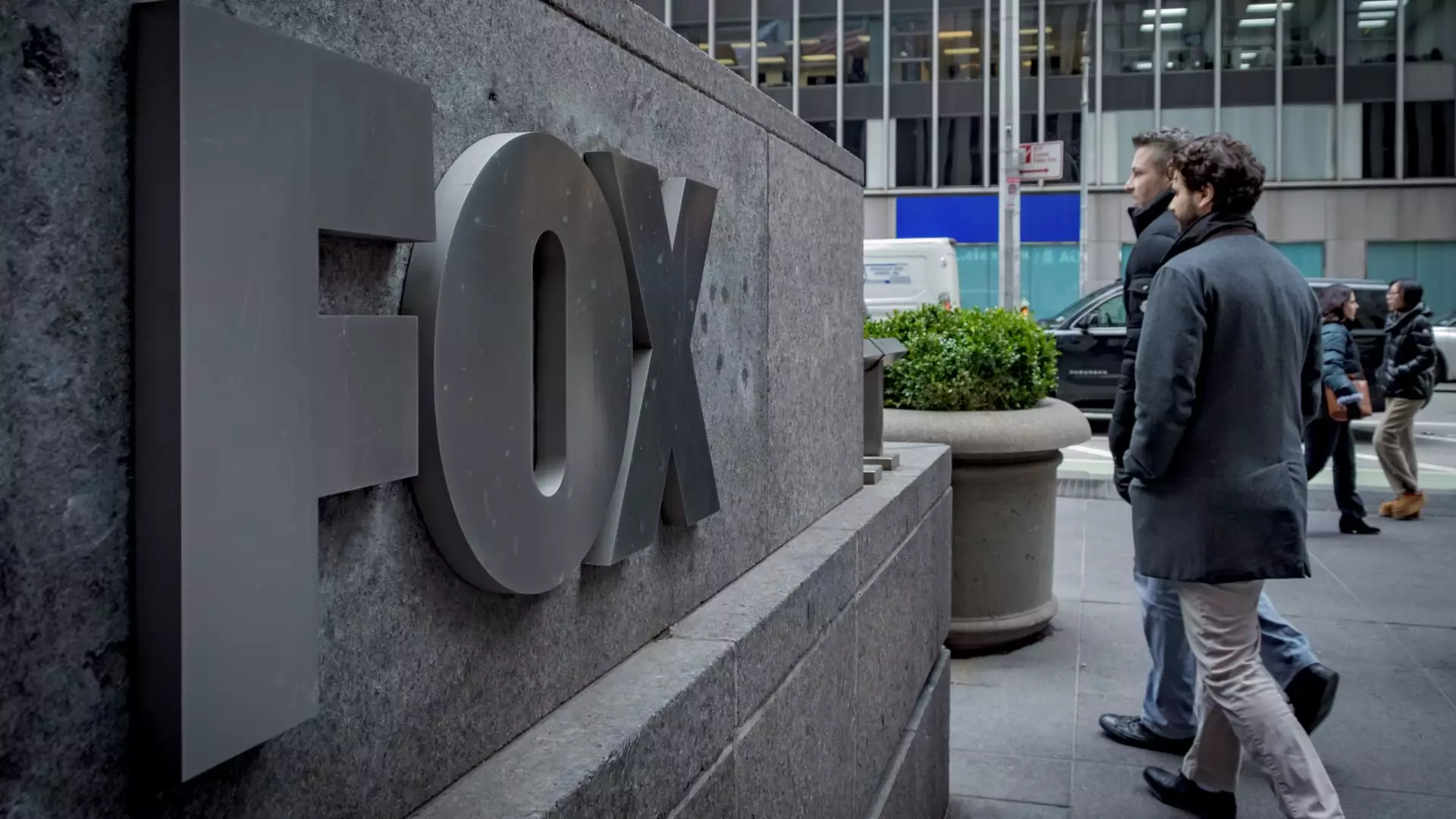In the rapidly evolving landscape of digital entertainment, many media giants have aggressively expanded their streaming portfolios, often at considerable financial risk. Fox Corporation’s latest move to launch Fox One signifies a different approach—one characterized by caution and moderation. While some may interpret this as a smart, pragmatic stance aligned with its core strengths, others might argue that the company is risking obsolescence by not fully embracing the streaming revolution. The decision to restrict Fox One to a modest monthly fee of $19.99 and hold off from creating exclusive original content underscores a conservative philosophy: prioritize existing valuable assets rather than gamble on unproven digital content.
This restraint reflects a belief that the company’s primary assets—live sports and news—remain most profitable within their traditional broadcast models. Instead of chasing fleeting streaming trends, Fox is focused on preserving its niche, steadfast in its conviction that its core audience remains loyal enough to sustain the service with minimal investment. From a center-right perspective, this strategy aligns with a preference for market stability, resource efficiency, and a skepticism of excessive innovation for innovation’s sake. Yet, it also raises questions: is Fox underestimating the cultural shift and consumer appetite for original, exclusive streaming content? The probability is high that without a more aggressive push into original programming, Fox risks falling behind a digital curve that demands fresh, engaging material to attract younger viewers.
The Economics of Caution
Fox’s decision to delay considerable investments in exclusive content or complex bundling schemes indicates a desire to avoid the pitfalls of bloated streaming wars. Unlike competitors such as Disney+ or ESPN+—which are pouring billions into original movies, series, and exclusive sports—they’re taking a measured stance. Fox’s approach seems rooted in the understanding that its strength lies primarily in live sports and news, offerings that still draw consistent viewership and aren’t easily replaced by on-demand alternatives.
This restrained approach might protect Fox’s balance sheet in the short term, especially given the ongoing decline of traditional pay TV subscribers. Murdoch’s comments reveal a nuanced appreciation of the delicate ecosystem—aiming for a targeted audience that values access to sports and news, rather than attempting to attract the broad, often fleeting, streaming audiences hungry for novelty. By not aggressively expanding into streaming content, Fox avoids cannibalizing its existing revenue streams and sidesteps the financial trap of investing heavily in a media format that may never fully replace cable or satellite subscriptions.
However, this conservatism could prove shortsighted if consumer habits shift more swiftly toward genuine streaming-first experiences. The company’s modest goals and refusal to overreach might preserve short-term stability but could also dampen its ability to innovate or adapt in the long run. A wait-and-see position, while financially tempting, risks leaving Fox behind in a digital race it should be more actively running.
Balancing Tradition with Innovation
The challenge for Fox lies in maintaining its traditional strengths—live sports, news, and factual programming—while remaining relevant in the sprawling digital ecosystem. Murdoch’s discourse about bundling and targeting suggests a desire to blend these worlds without alienating loyal traditionalists or alienating the emerging streaming demographic. It’s a delicate dance: offering a seamless, consumer-friendly package that isn’t so broad as to dilute the brand or create unnecessary costs.
In the broader context, Fox’s cautious stance appears to embody a classic liberal conservative outlook—recognizing the importance of innovation and adaptation but advocating for measured, thoughtful change that doesn’t threaten core values or financial stability. While this strategy may frustrate viewers eager for more original content or exclusive digital offerings, it could also serve as a buffer against over-extension and the risk of throwing resources into ventures that might not pay off.
Yet, the impending dominance of services like ESPN+ and Disney+ will only intensify the competitive pressures. Fox’s risk-averse approach, centered on existing assets and modest ambitions, might be a wise short-term insurance policy. Still, it remains to be seen whether restraint will prove to be enough in a landscape that rewards boldness and rapid adaptation more than caution. In the complex tensions between tradition and innovation, Fox seems to be betting on its proven, stable foundation—something that’s admirable but potentially perilous in an era where agility often determines survival.

